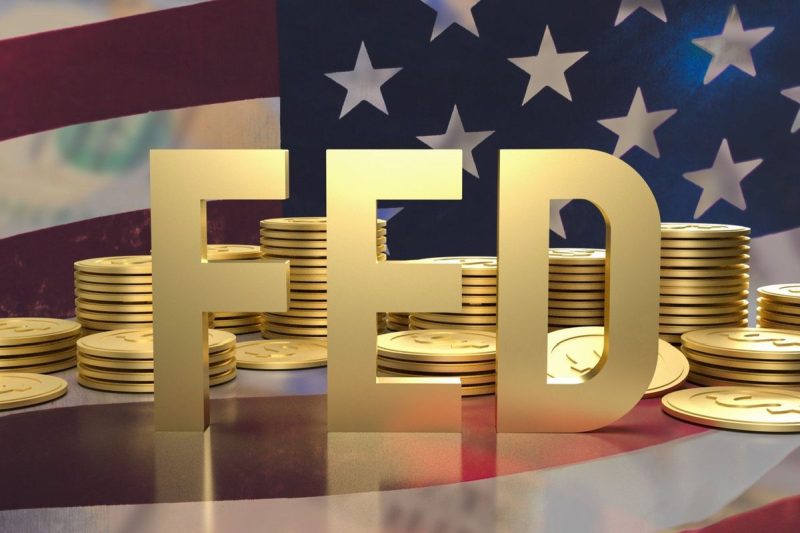The Federal Reserve (Fed) made a significant decision in its most recent post-election meeting by cutting rates. This move has far-reaching implications on various sectors of the economy, with gold and silver markets being notable gainers in response to the decision. Let’s delve into the key points surrounding this development and how it may impact the overall economic landscape.
One of the primary reasons for the Fed’s rate cut was to stimulate economic growth in the aftermath of the election. By reducing interest rates, the Fed aims to make borrowing cheaper for consumers and businesses, thereby encouraging spending and investment. This proactive measure is crucial in maintaining economic stability and preventing a slowdown or recession, especially during times of political uncertainty.
The decision to cut rates has had a noticeable impact on precious metals, notably gold and silver. Historically, gold and silver prices tend to rise when interest rates are lowered, as investors seek safe-haven assets to protect their wealth in times of economic uncertainty. The recent rate cut has thus spurred increased demand for gold and silver, driving up their prices in the market.
Gold, in particular, is seen as a store of value and a hedge against inflation and currency fluctuations. As such, it tends to perform well in times of economic turmoil or when traditional investments are seen as risky. The Fed’s rate cut has boosted the appeal of gold as an alternative investment option, leading to a surge in its price and demand.
Silver, often referred to as poor man’s gold, has also benefited from the Fed’s rate cut. Silver has various industrial applications, making it a popular choice for investors looking to diversify their portfolios beyond traditional assets like stocks and bonds. The increase in silver prices following the rate cut reflects growing investor interest in alternative assets that offer stability and potential returns.
While the Fed’s rate cut has had a positive impact on gold and silver markets, it is essential to consider the broader implications of this decision. Lower interest rates can lead to potential risks such as higher inflation, asset bubbles, and currency devaluation. It is crucial for investors to assess these risks and diversify their portfolios accordingly to mitigate any adverse effects that may arise from the Fed’s monetary policy.
In conclusion, the Fed’s decision to cut rates in its post-election meeting has had a notable impact on gold and silver markets, with prices of these precious metals seeing a significant rise. Investors are turning to gold and silver as safe-haven assets in response to economic uncertainty and market volatility. While the rate cut may stimulate economic growth in the short term, it is essential for investors to assess the potential risks and adjust their investment strategies accordingly to navigate the changing economic landscape effectively.
